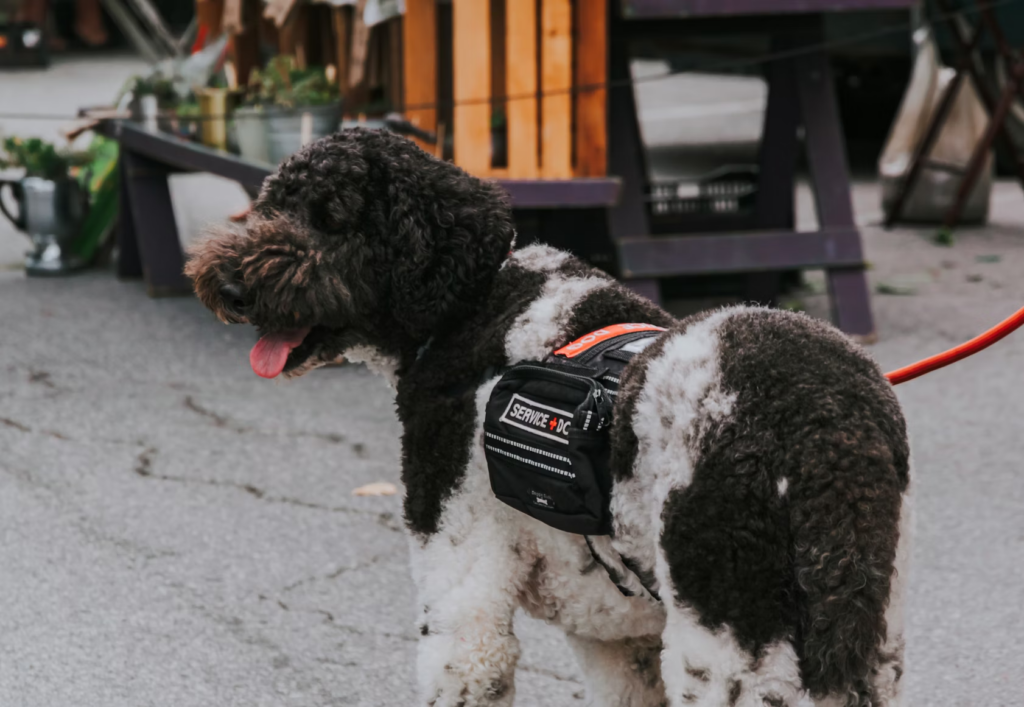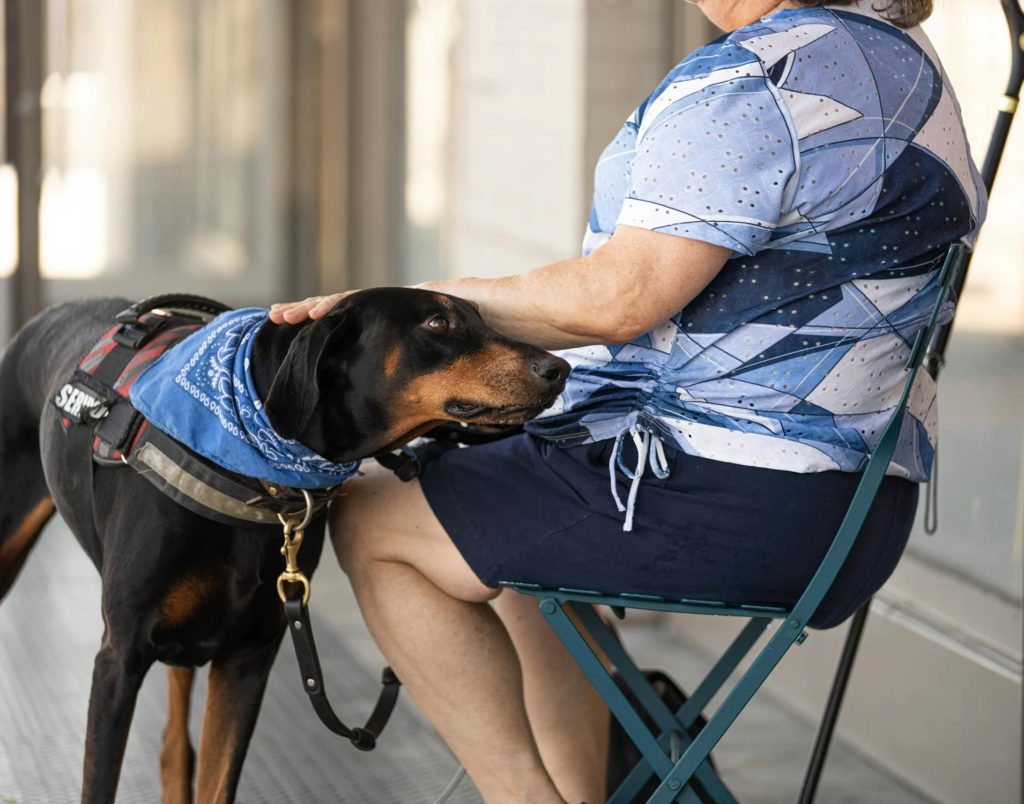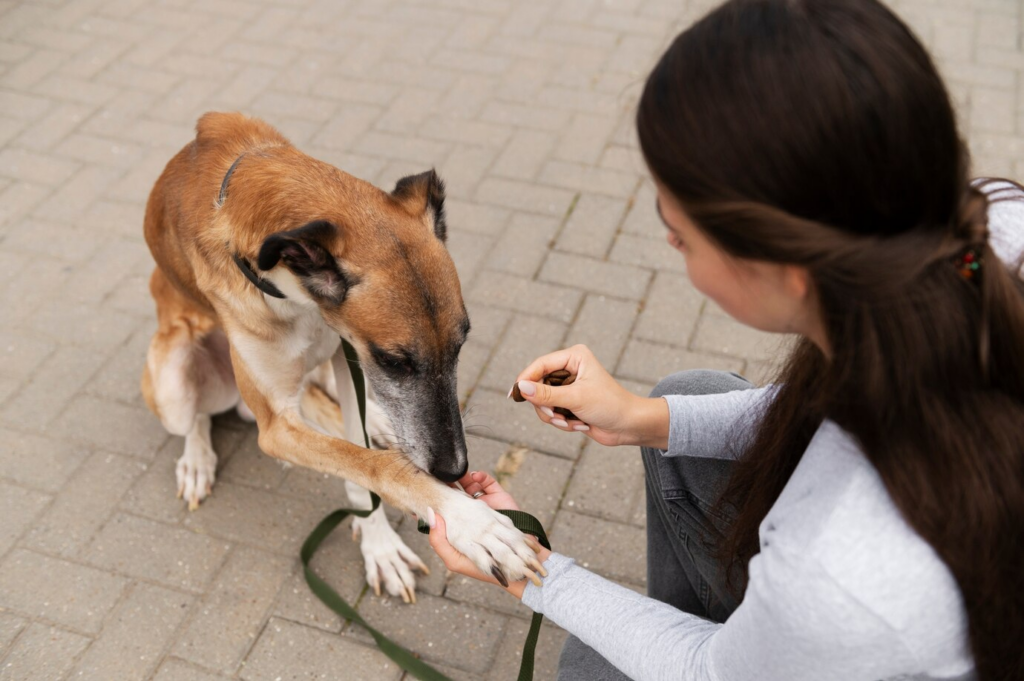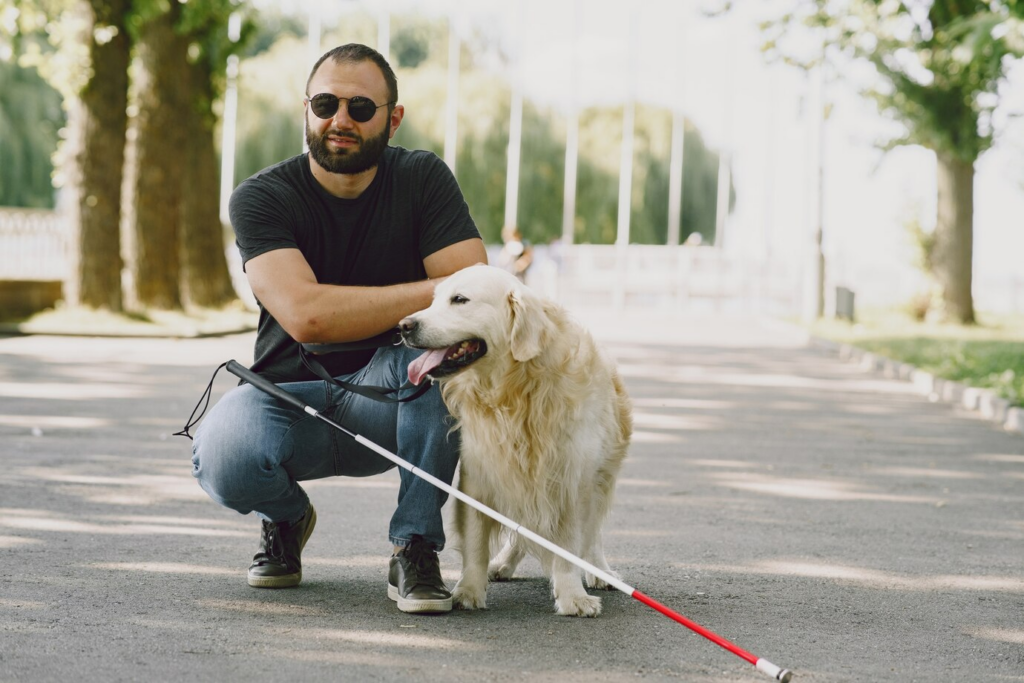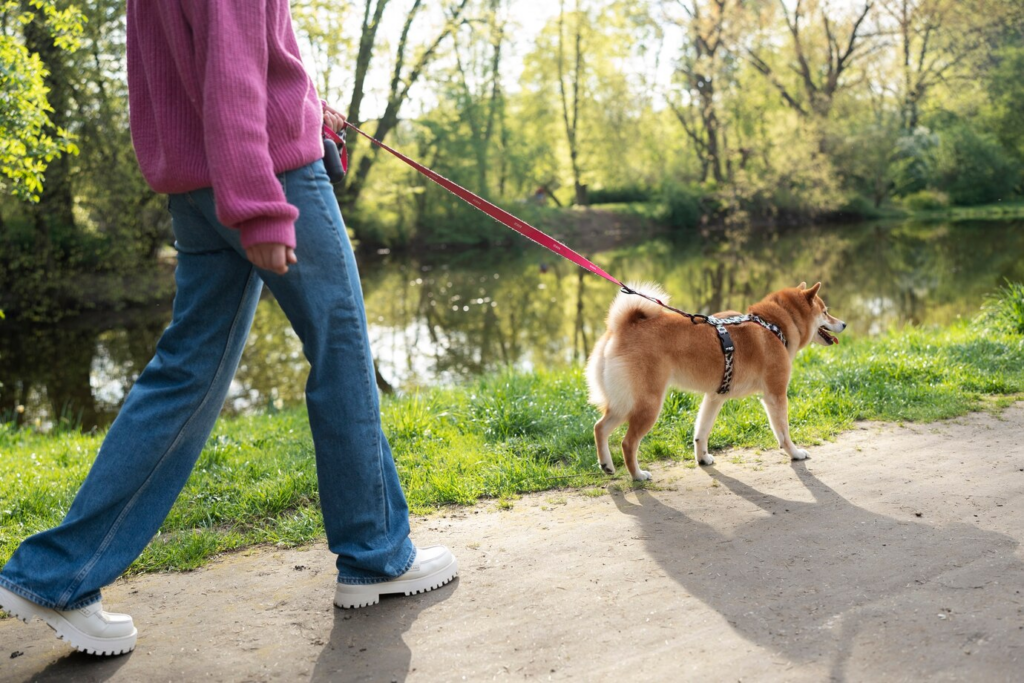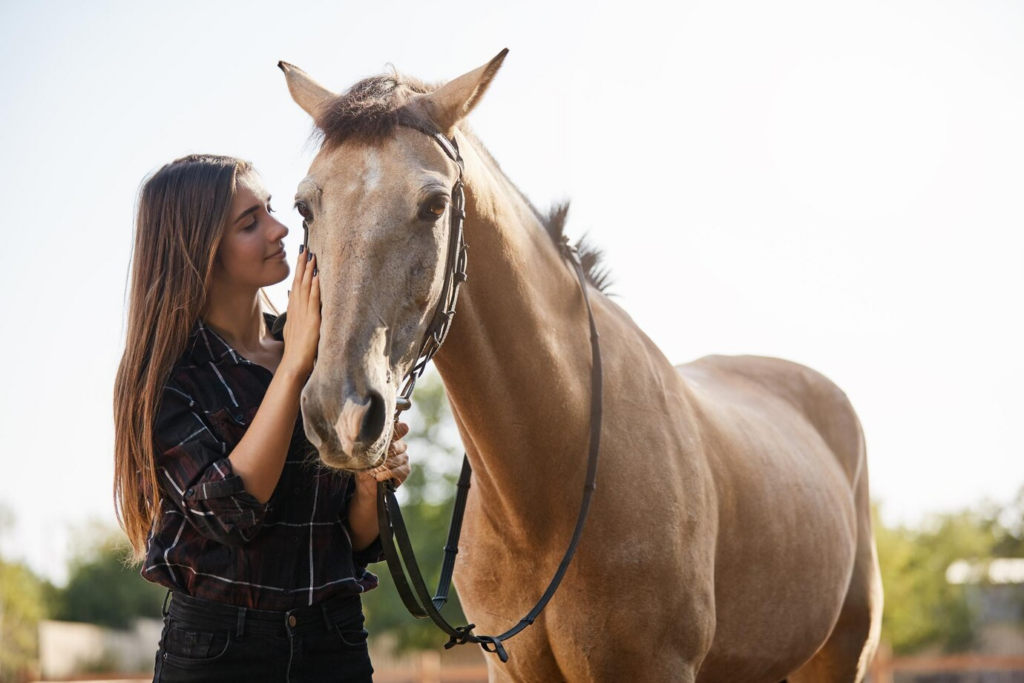
Anxiety is a growing concern among children, affecting their emotional well-being, social interactions, and academic performance. While traditional treatments such as therapy and medication can be effective, researchers have discovered another powerful tool in reducing anxiety: therapy dogs. These specially trained animals provide comfort, companionship, and emotional support, offering children a unique way to manage stress and fear. But how exactly do therapy dogs help reduce anxiety in children? Science provides compelling answers.
The Role of Oxytocin: The “Love Hormone”
One of the primary ways therapy dogs help alleviate anxiety is by stimulating the release of oxytocin, often referred to as the “love hormone” or “bonding hormone.” When children interact with therapy dogs—through petting, hugging, or even just being near them—their bodies release oxytocin, which is known to reduce stress and promote feelings of trust and security.
Studies show that oxytocin plays a crucial role in lowering cortisol levels, the hormone responsible for stress. High cortisol levels are linked to increased anxiety, but when oxytocin is released, it counteracts cortisol’s effects, helping children feel more relaxed and at ease. This hormonal response explains why therapy dogs can have an immediate calming effect on anxious children.
Discover: Service Dogs and the Power of Nonverbal Support
Heart Rate and Blood Pressure Reduction
Scientific research also indicates that therapy dogs help regulate physiological responses to stress. Children with anxiety often experience elevated heart rates and blood pressure due to the body’s natural fight-or-flight response. However, spending time with a therapy dog has been shown to lower both heart rate and blood pressure, signaling a shift from a state of stress to one of relaxation.
A study published in Frontiers in Psychology found that interacting with therapy animals leads to measurable reductions in physiological stress markers. This means that therapy dogs don’t just help children feel calmer emotionally—they actually help their bodies respond to stress in a healthier way.
Emotional Regulation and Coping Skills
Children with anxiety often struggle with emotional regulation, finding it difficult to calm themselves when faced with stressful situations. Therapy dogs serve as an effective coping mechanism by providing unconditional support and non-judgmental companionship. The simple act of petting a dog can be grounding, helping children shift their focus from anxious thoughts to the present moment.
Additionally, therapy dogs can be incorporated into cognitive-behavioral therapy (CBT), a common treatment for anxiety disorders. For example, a child who is afraid of social situations may feel more confident speaking in a group when a therapy dog is present, gradually building social skills in a supportive environment.
Discover: How Do Pets Help Children Develop Emotional Intelligence?
Encouraging Social Interaction and Confidence
Children with anxiety, particularly social anxiety, often feel isolated or struggle with communication. Therapy dogs help bridge this gap by serving as a social catalyst. Research shows that children are more likely to engage in conversation and interact with others when a therapy dog is present. This increased social engagement can boost confidence and decrease feelings of loneliness, both of which contribute to reduced anxiety levels.
Read more: Can Pets Help Children With Their Emotional and Social Skills?
Conclusion
The science behind therapy dogs and their ability to reduce anxiety in children is rooted in hormonal, physiological, and emotional mechanisms. By increasing oxytocin levels, lowering cortisol, reducing heart rate and blood pressure, and providing emotional support, therapy dogs offer a natural and effective way to help children manage anxiety. As more research continues to highlight their benefits, therapy dogs are becoming a valuable tool in schools, hospitals, and therapeutic settings, providing comfort and healing to children in need.
Do you own an assistance animal? Register your pet today.
The Service Animal Registry of California invites you to have your assistance animal registered in order to designate its status. We also encourage you to take our online classes so you can be fully aware of your rights and gain more knowledge about your support animal.
Finally, we present to you our book entitled, “ASSISTANCE ANIMAL LAWS: LEARN YOUR RIGHTS REGARDING SERVICE ANIMALS, EMOTIONAL SUPPORT ANIMALS, THERAPY PETS, AND OTHER DOGS, CATS, AND ASSISTANCE ANIMALS” to provide you with a complete education on assistance animals.
Purchase your copy of the book by clicking the image below.


